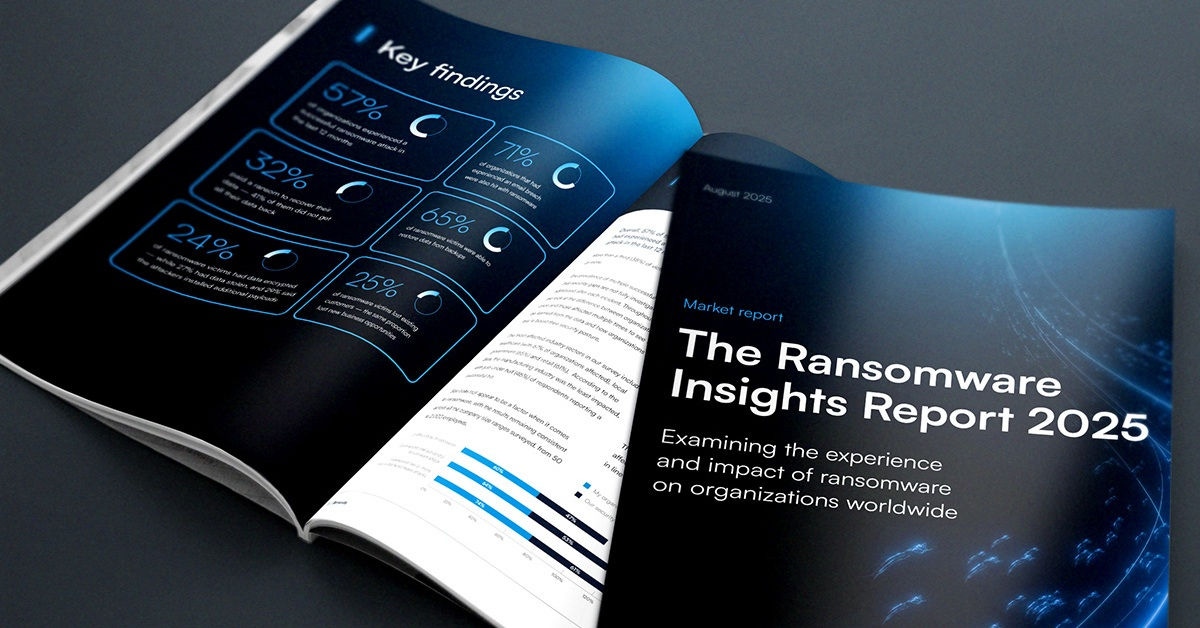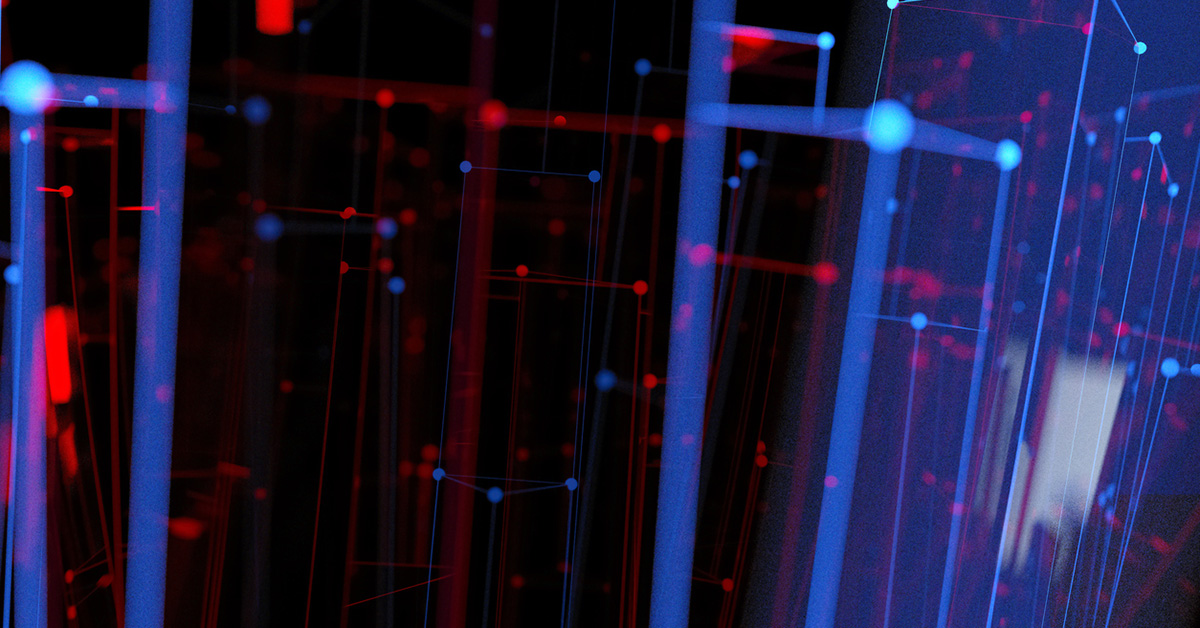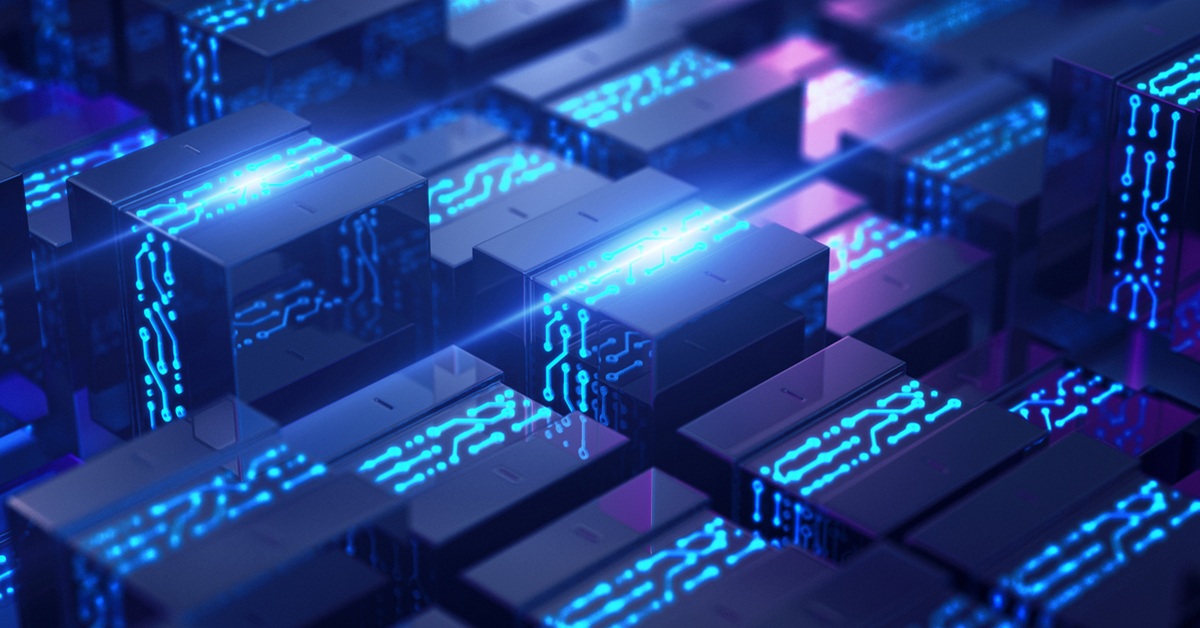
What is SASE (Secure Access Service Edge)?
It wasn't too long ago when a company could put a firewall between the Internet and the LAN in order to secure a network and its data. Things became more complicated as businesses embraced the new capabilities offered by the increasingly affordable and robust Internet. Next-generation firewalls were developed to manage and inspect traffic in a smarter way. These firewalls could allow certain groups to access certain applications at certain times of the day. As companies changed how they were using the Internet changed with them. Next-generation firewalls were among the first devices to allow or deny connectivity based on business needs and user identity.
Traditional firewalls were and security architectures met the needs of their time, but they are not capable of protecting a modern company. Even before the global pandemic, companies around the world were adopting the public cloud and SaaS applications. Workplaces, applications, and employees were increasingly dispersed into spaces outside the traditional network perimeter. This allowed companies to increase efficiencies in the business while getting closer to their customers and delivering more value per transaction. In early 2016 the World Economic Forum predicted that the overall economic value of digital transformation to business and society will top $100 trillion by 2025.
Although the digital transformation was underway, COVID-19 accelerated the process by several years. The pandemic made these initiatives a priority. In April of 2020 Microsoft CEO Satya Nadella said "We’ve seen two years’ worth of digital transformation in two months." He commented on this again in early 2021 by referring to the past year as "the dawn of a second wave of digital transformation sweeping every company and every industry."
Companies now depend on remote workers using SaaS applications like Office 365 and Salesforce. Sensitive data and mission-critical workloads are being migrated to cloud infrastructures like Microsoft Azure. Much more business is being done outside the traditional network perimeter than ever before.
This is the clearest way to see major trends in @Microsoft's business, compiled from data disclosed in SEC filings. Server products and cloud services, including @Azure, pulling away from Office and Windows as the company's biggest line of business. More: https://t.co/R9KDeGhvF7 pic.twitter.com/ZIbQRyLC7c
— toddbishop (@toddbishop) January 27, 2021
To stay in business, a company has to provide secure anytime/anywhere access to business applications and services, regardless of where these resources reside. This is where SASE becomes a ‘must-have.’
What is SASE?
Secure Access Service Edge (SASE) combines software-defined network connectivity (SD-WAN) with network security services to provide dynamic secure access to company resources. As a cloud platform, it connects and secures any type of edge device (such as a branch office, mobile device, IoT system, edge computing location) based on user identity and its real-time characteristics (device and location). SASE (pronounced “sassy”) technology delivers seamless, consistent, and secure network access for any user at any time and location.
SASE is much more efficient than a collection of WAN and security point solutions coupled together and performing separate functions. Secure Access Service Edge is a single integrated service that operates across a worldwide mesh of network and network security capabilities that can be applied on-demand. This provides users and entities with secure access to the resources they need.
There are several benefits to the SASE approach:
- The consolidation of technology stacks into a single service reduces the complexity and cost of deployment.
- SASE access for partners and vendors is more secure and reliable than legacy VPN access.
- Performance is improved for latency-sensitive applications due to streamlined delivery through a single service.
- SASE connectivity is easier and more user-friendly for employees than legacy VPN applications
- Zero trust network access can be deployed across the enterprise with seamless and consistent session protection.
How Barracuda delivers SASE
Barracuda CloudGen WAN (CGW) is a high-performance security and SD-WAN solution that was developed natively on Azure and uses the Microsoft Global Network as its backbone. CGW was developed jointly with Microsoft for enterprises that need best-in-class SD-WAN with secure access for remote users.
Barracuda CloudGen Access (CGA) is a Zero Trust Network Access (ZTNA) solution that provides remote users with secure access to resources based on user identity and device status. This solution is ideal for companies that need to deliver Zero Trust access for multi-cloud workloads.
Visit www.barracuda.com to get started with SASE with a free trial of Barracuda CloudGen WAN or Barracuda CloudGen Access.

Informe de Barracuda sobre Ransomware 2025
Principales conclusiones sobre la experiencia y el impacto del ransomware en las organizaciones de todo el mundo
Suscríbase al blog de Barracuda.
Regístrese para recibir Threat Spotlight, comentarios de la industria y más.

Seguridad de vulnerabilidades gestionada: corrección más rápida, menos riesgos, cumplimiento normativo más fácil
Descubra lo fácil que es encontrar las vulnerabilidades que los ciberdelincuentes quieren explotar.





